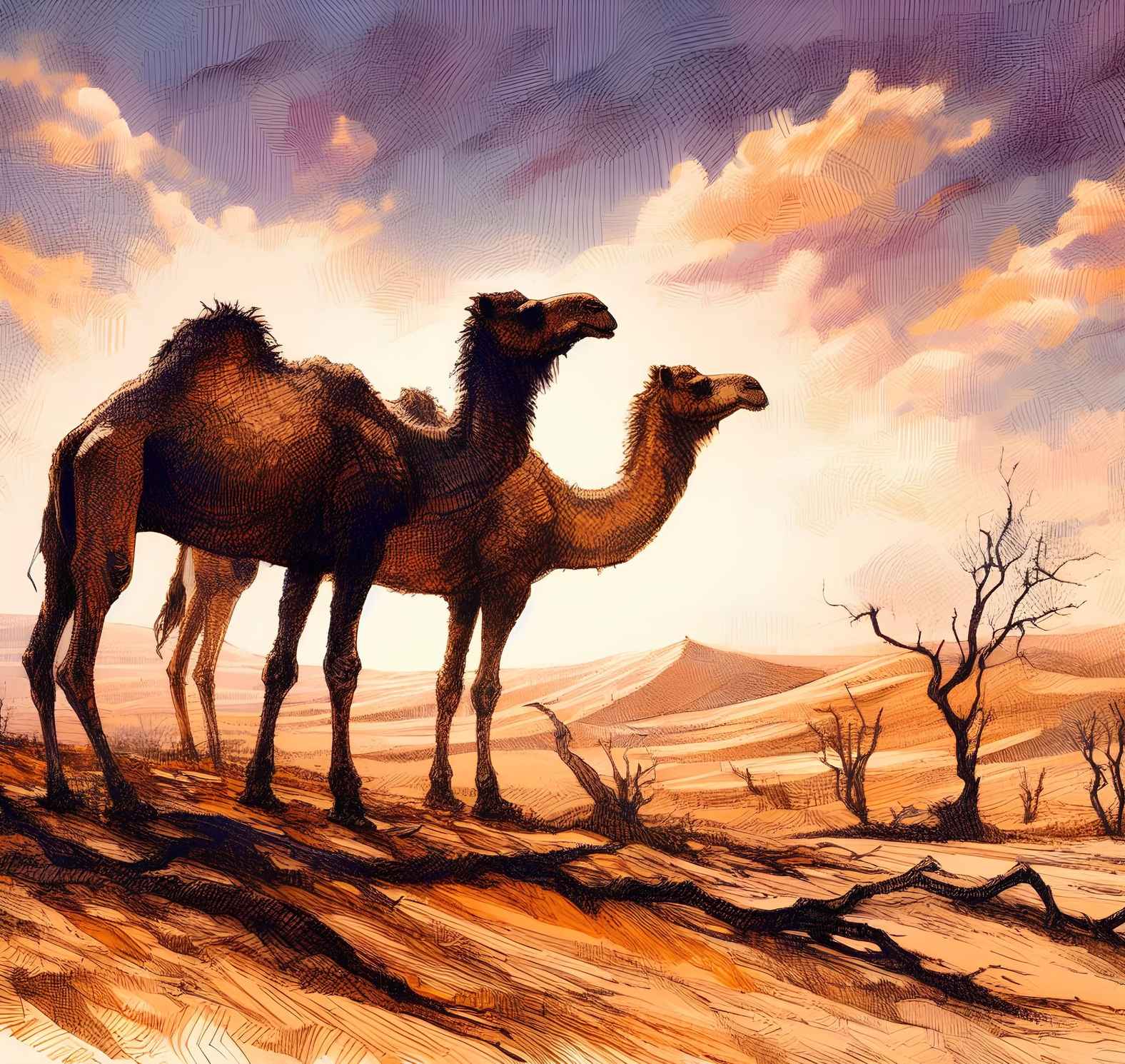How Do Camels Survive in Deserts?
Camels have evolved various adaptations to survive in deserts, including their humps, efficient water conservation, and ability to withstand high temperatures.

Camels have evolved various adaptations to survive in deserts, including their humps, efficient water conservation, and ability to withstand high temperatures.

